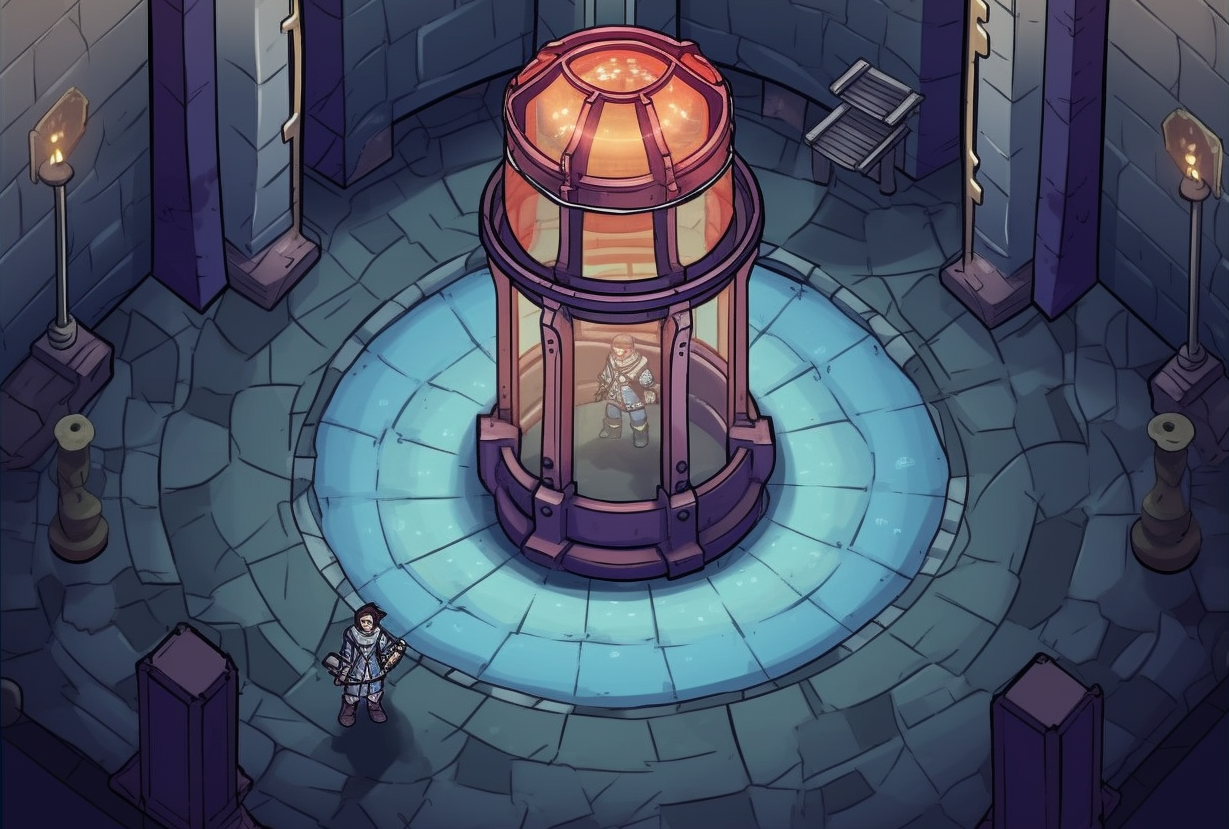
DISCUSSING
In the Shadow of the Spire – Session 32A: Enthralled in Oldtown
But as Agnarr cut through the room at the center of the complex, the floor suddenly buckled beneath him – plunging him down to the first floor in a loud, splintering crash of broken wood.
Looking around, Agnarr saw the problem: Several support walls had been completely destroyed and there were several broken floor beams. He tried climbing back up to the second floor, but the acid-eaten floorboards broke beneath his weight a second time and dropped him back down again.
“I’m just going to stay down here,” Agnarr said, heading towards the far door of the room he’d fallen into.
The PCs should not be in control.
Or perhaps it would be more accurate to say that they should not be given control. If they exert control, that’s completely different. In fact, exerting control is likely to be their goal. But a good scenario – particularly a good dungeon scenario – will continually challenge that control and force them to fight to maintain it.
The problem with a lot of modern dungeon design is that it allows the players to trivially control the expedition: The monsters politely wait in their rooms. The PCs are free to engage and disengage with them in whatever way and whatever pace they choose.
The problem is that when the PCs have that level of control, the game breaks in multiple ways: Resource management becomes irrelevant. Weird exploits become reliable. The experience flattens. The challenge vanishes.
When you challenge their control, on the other hand, the players will be forced to respond dynamically, shepherding their resources against unknown threats and thinking outside of the box when faced with situations that are neither ideal nor anticipated.
One way to achieve this is with dynamic opponents (through the use of random encounters, adversary rosters, etc.) that challenge the players’ ability to control the pace and composition of encounters.
But you can also challenge the players’ control over navigation.
This can be done through confusion or deception (e.g., a maze-like dungeon where the PCs literally get lost, illusory walls, undetectable slopes, etc.). It can also be done through metamorphosis (e.g., tunnels collapse or walls move).
But an old school classic is the trap that moves you. The teleportation trap is perhaps the Platonic ideal here: You’re in one place and then, against your will, you are in a completely different place. You are no longer in control of your expedition and you’re going to have to work (and apply your expertise and knowledge) to regain that control (by figuring out where you are and how to get back). As the current session demonstrates, of course, there are other options, including entirely naturalistic ones. In this case, Agnarr has broken through the unstable floor and dropped down to a lower level: That was not a choice the PCs made and now, instead of being able to proceed in an orderly fashion through the dungeon (clearing rooms before methodically descending to the next level), they’ve been thrust into a completely different tactical situation.
The fact that I was using adversary rosters, location timelines, and other active opposition techniques only served to enhance the trap. Intriguingly, in this case, it worked both ways: It wasn’t just the PCs who were thrust into a new tactical situation and needed to figure out how to handle it, the NPCs were also surprised!
And being challenged like that is fun for me, too!
Campaign Journal: Session 32B – Running the Campaign: Death at Tier 2
In the Shadow of the Spire: Index











